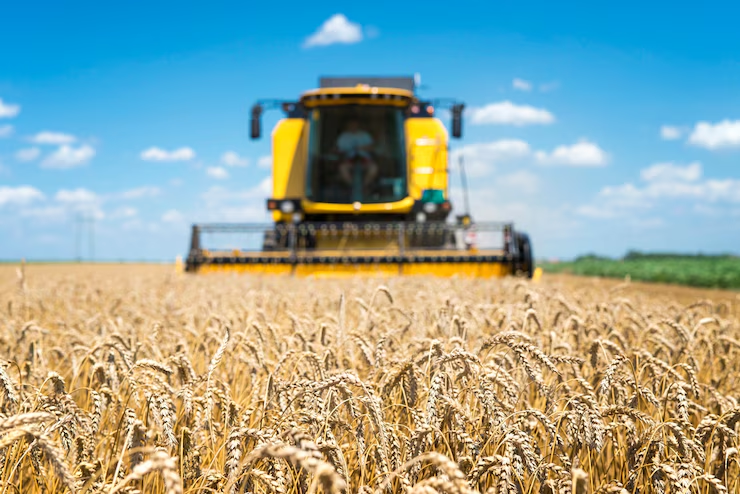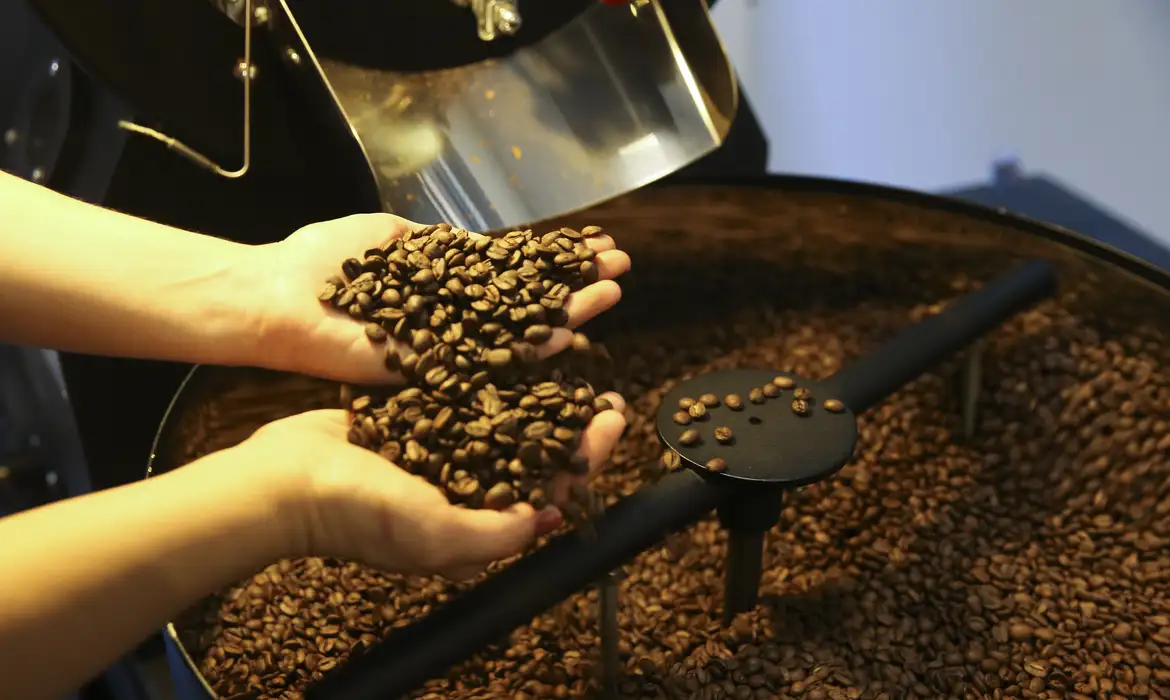Acre: 2023 soybean sowing period begins on September 21

Soy producer Gustavo Kanheski explains that the sowing calendar exists for producers to protect themselves against pests and diseases in crops.
“The soybean sowing calendar is established due to the sanitary vacuum. From now until sowing time, which is at the beginning of October, you cannot have live soybean plants because of the toilet to avoid the multiplication of diseases”, explained the producer.
Soybean sowing dates are established as a complement to the sowing period. sanitary void. The two measures have the same objective, that is, to reduce as much as possible the emergence of Asian rust, a disease that can cause up to 75% of crop losses and has a high capacity for reproduction and dissemination.
The producer also explains what Asian rust is, a disease considered the most unpleasant in soy plantations.
“Asian rust is the villain of soybeans. It is a disease that if you catch it in the soybean crop, you will not produce even half of what is predicted. That is why there is a sanitary void to prevent diseases from multiplying, especially rust ”, she concluded.
According to the Ministry of Foreign Affairs, sanitary and phytosanitary measures aim to protect human and animal life and health and plant health through rules, procedures and controls applicable to the international trade of agricultural products, in order to ensure the safety of and the quality of food.
The main soy producing municipalities in Acre are:
- Placido de Castro;
- Capixaba;
- White River.
In 2022, Acre produced around 24 million kilograms of soybeans, which generated more than U$ 14 million in exports to the state. In 2023, so far, around 20.6 million kilograms have been produced and generated approximately U$ 11 million in exports.
See more:
Acre: Soybean sanitary void is already in effect
Falling inflation and economic agendas in Congress increase industry optimism
By Brasil 61




